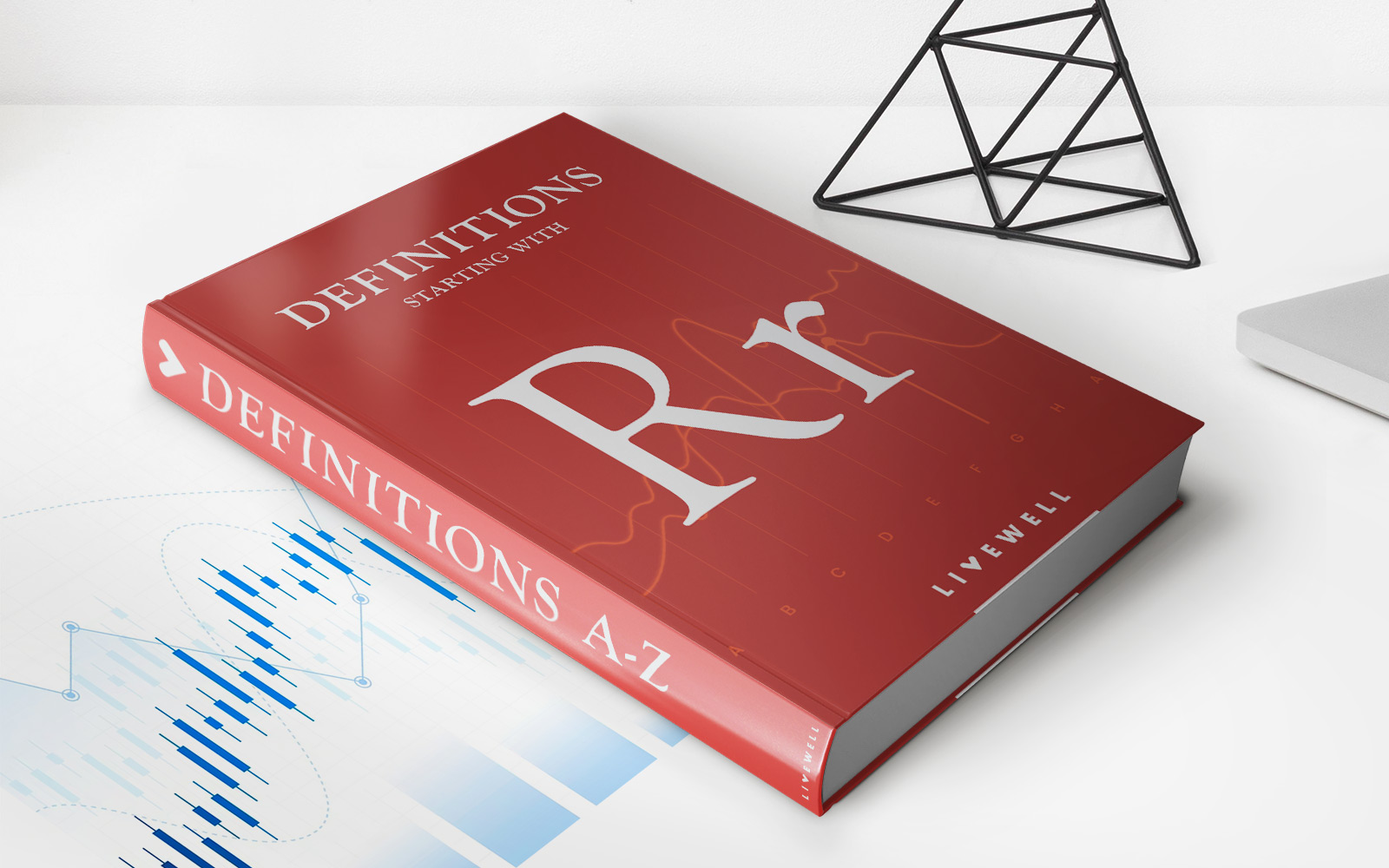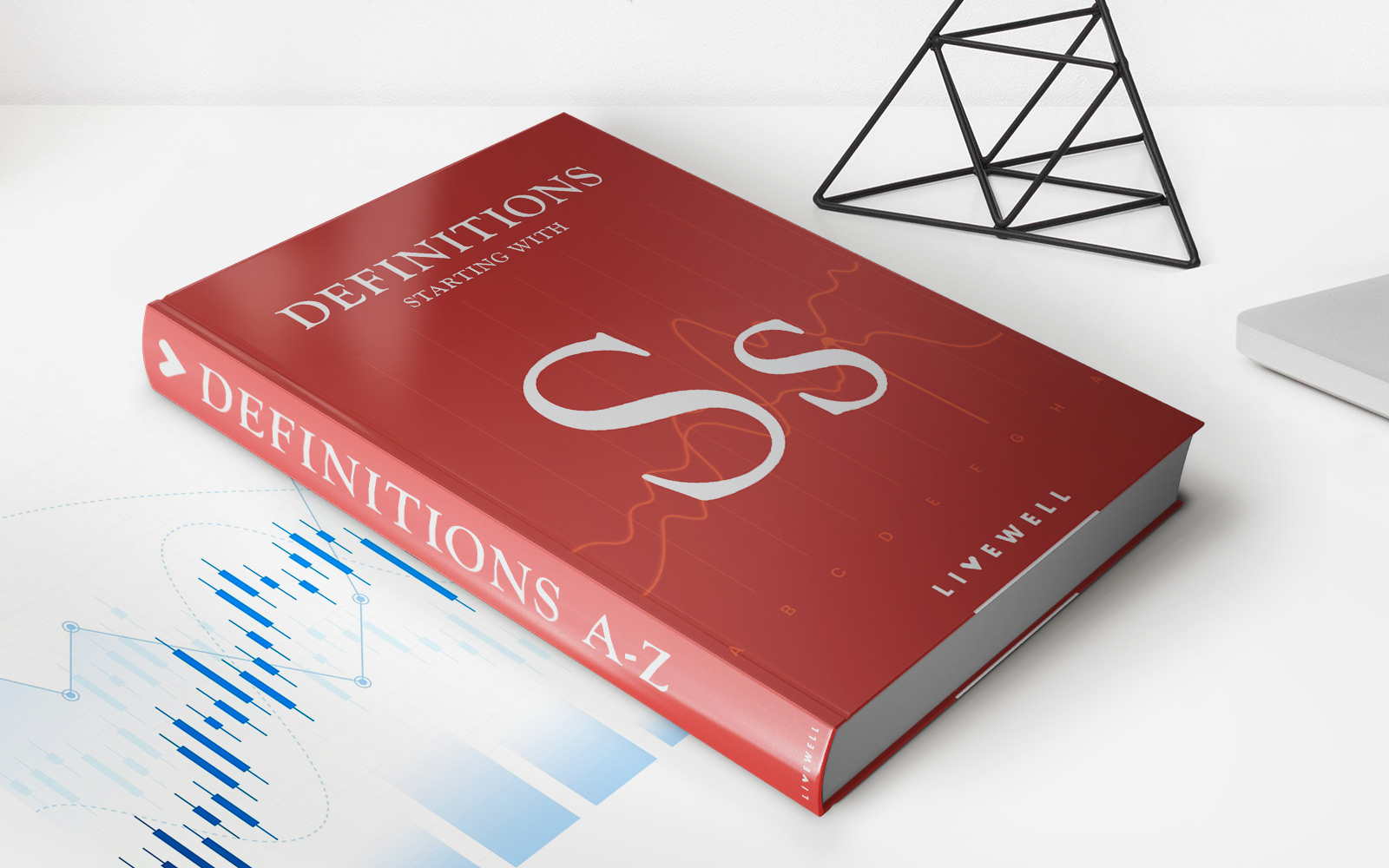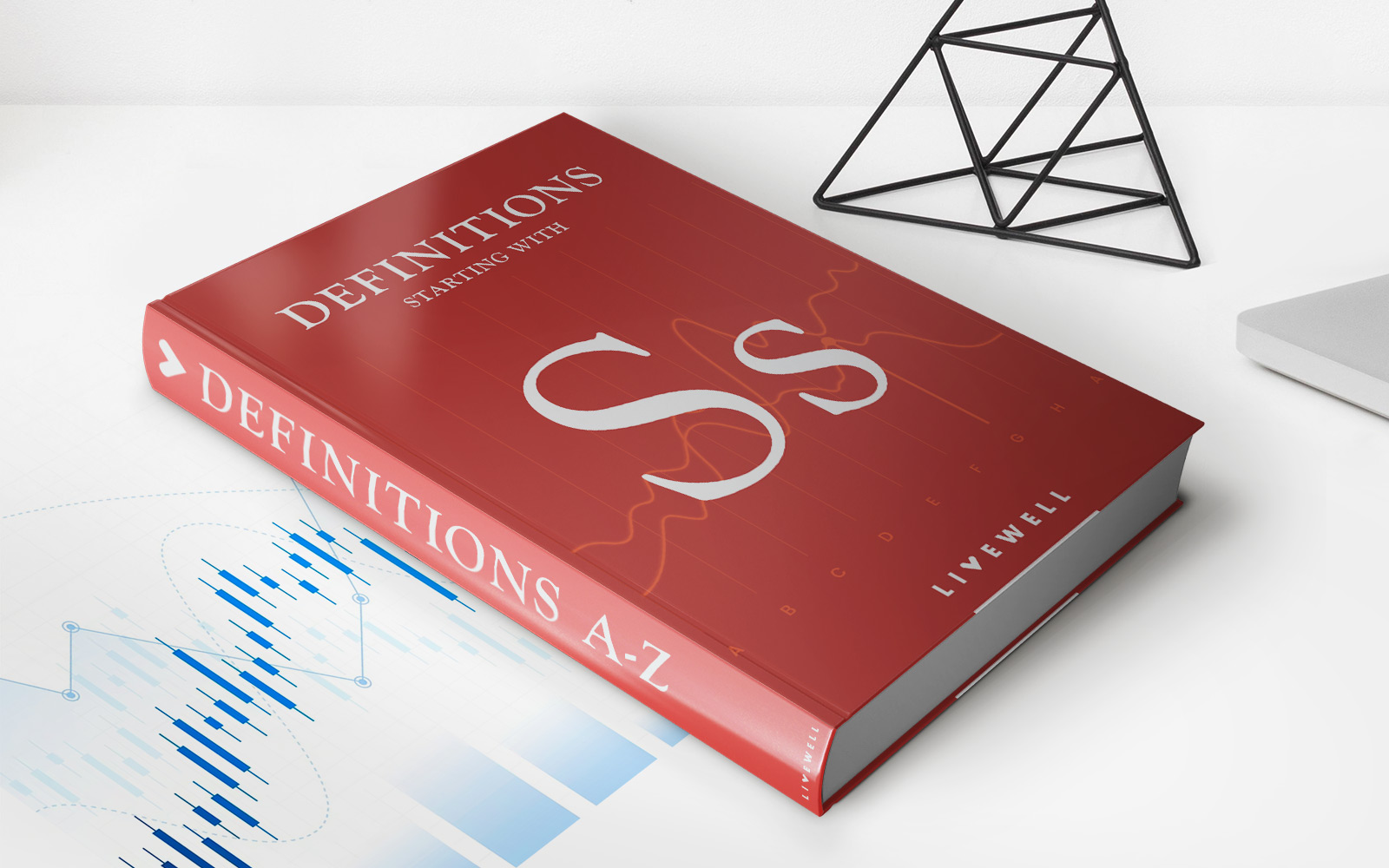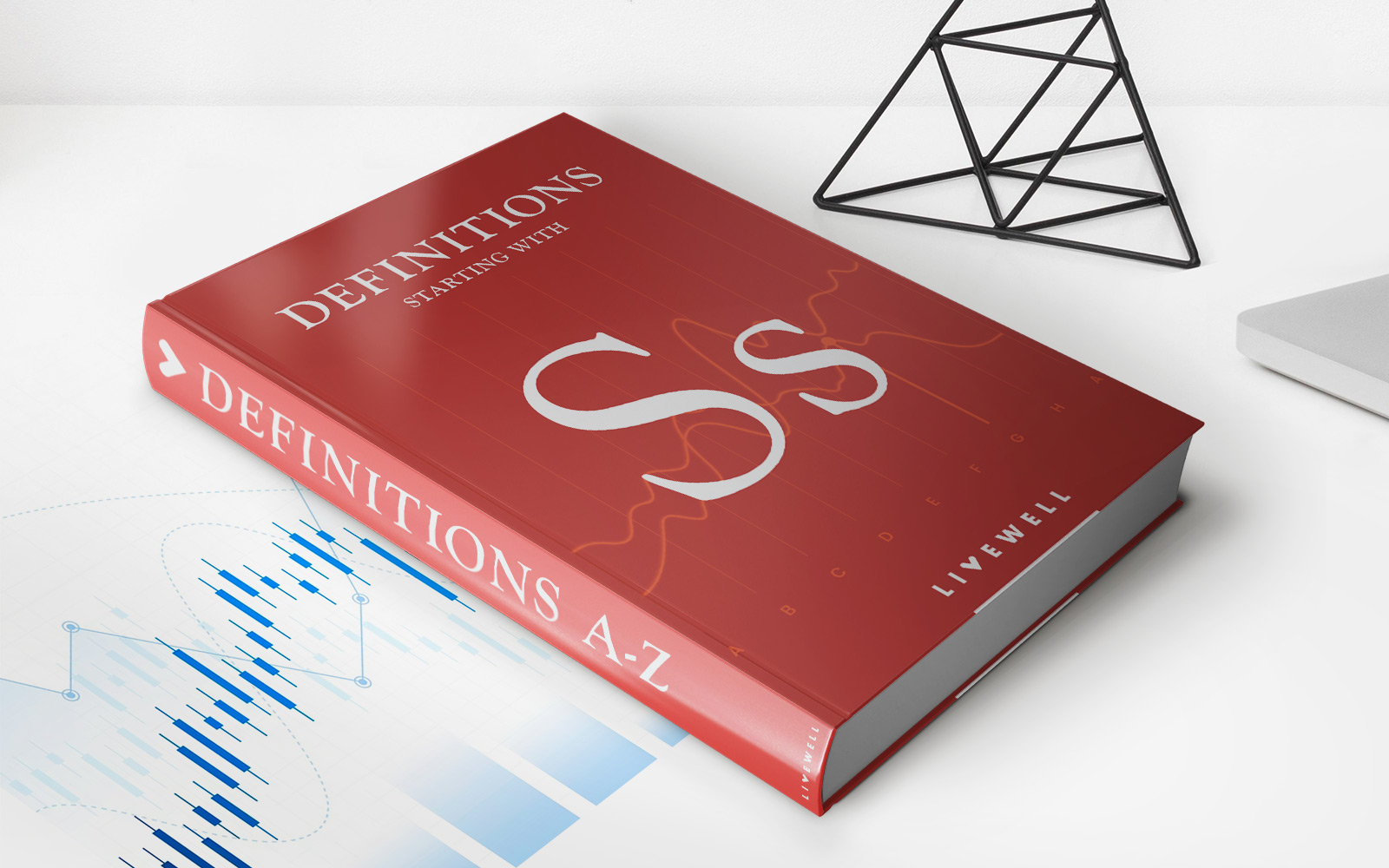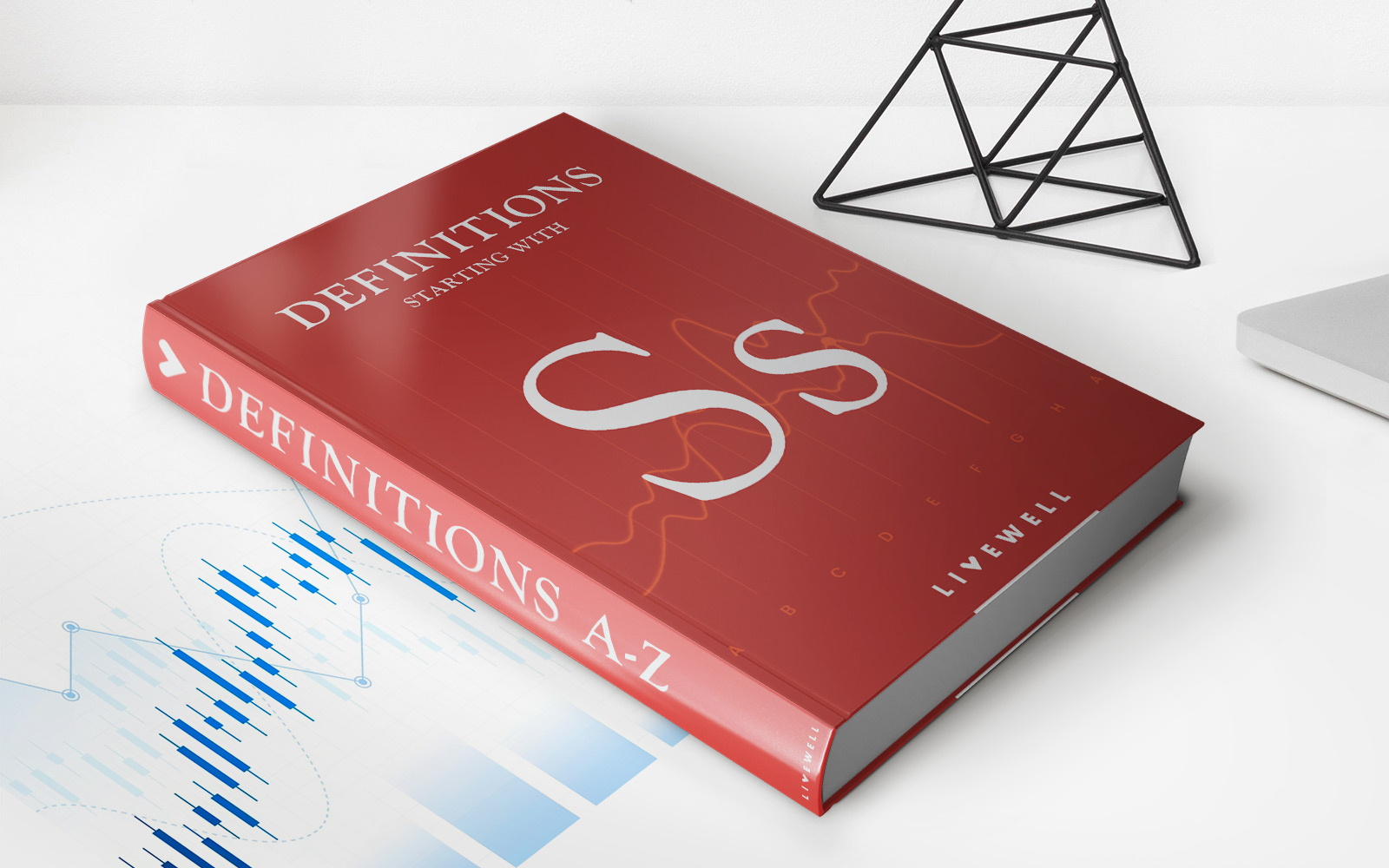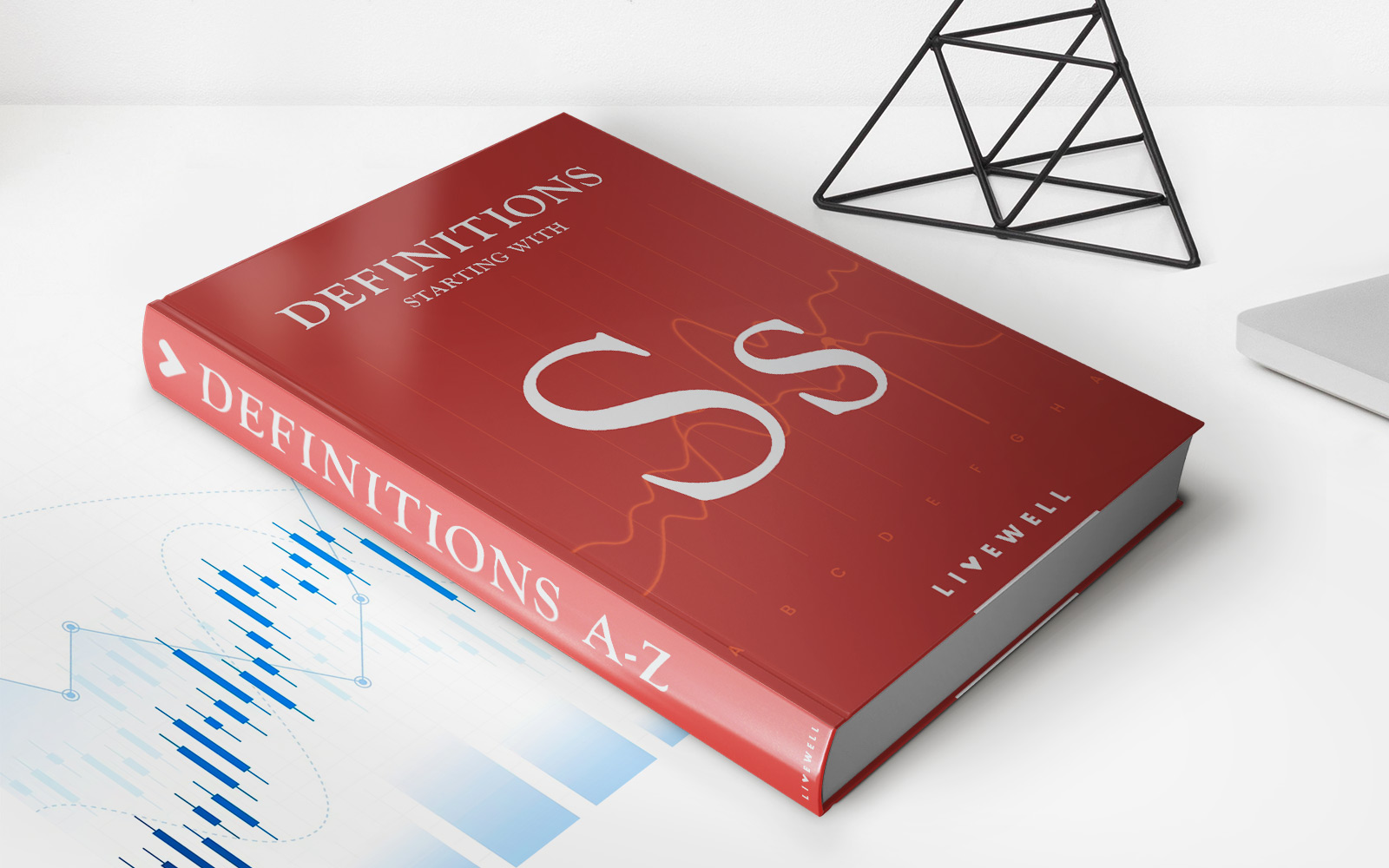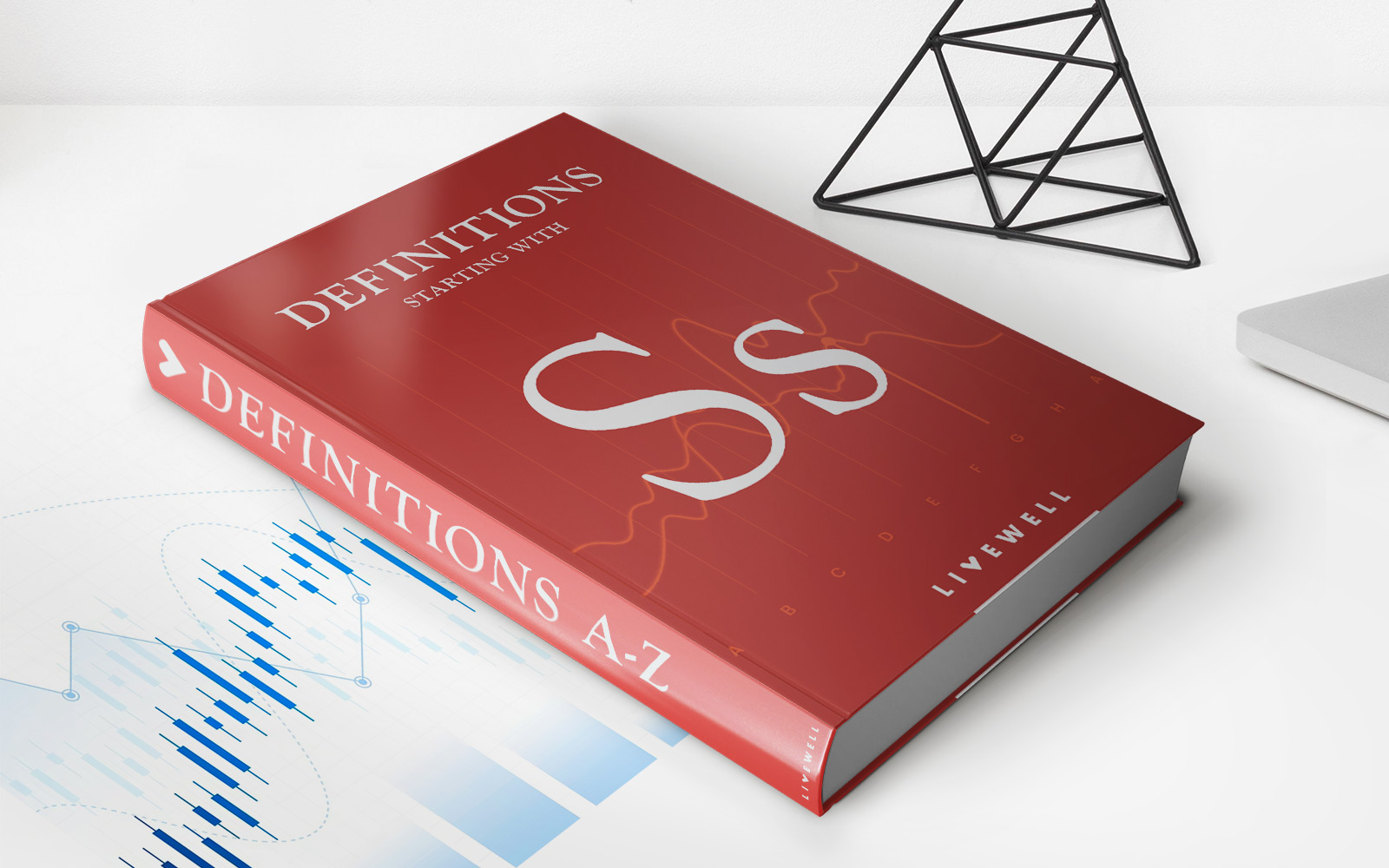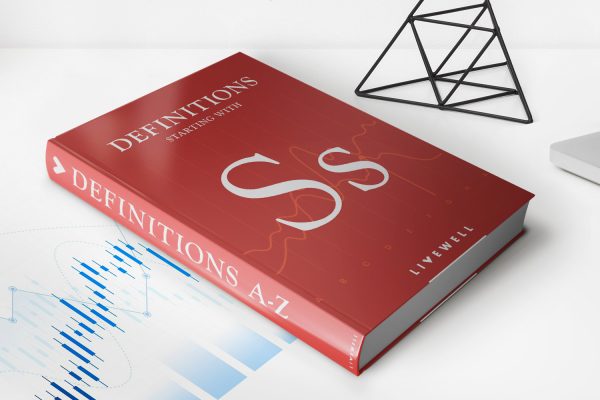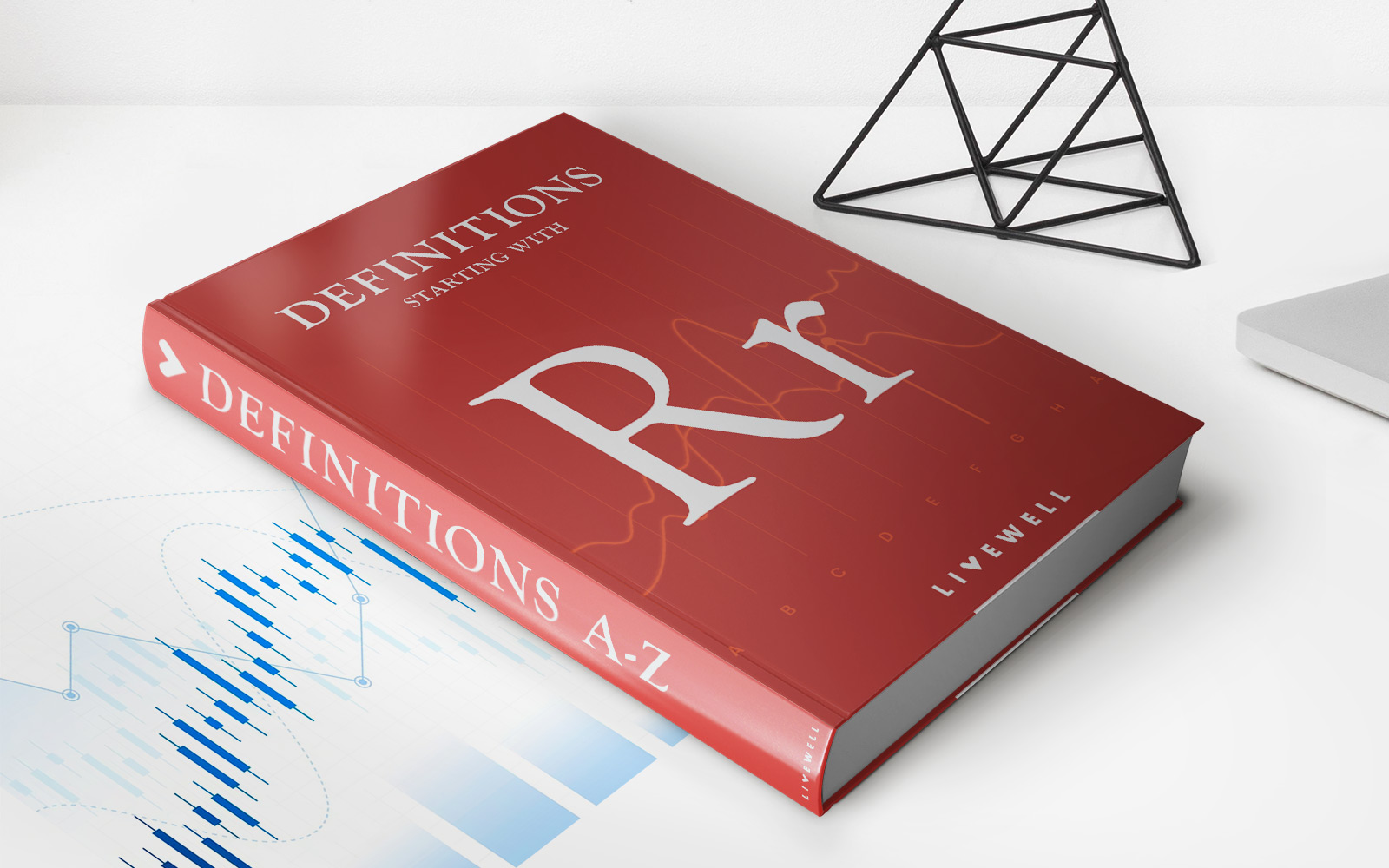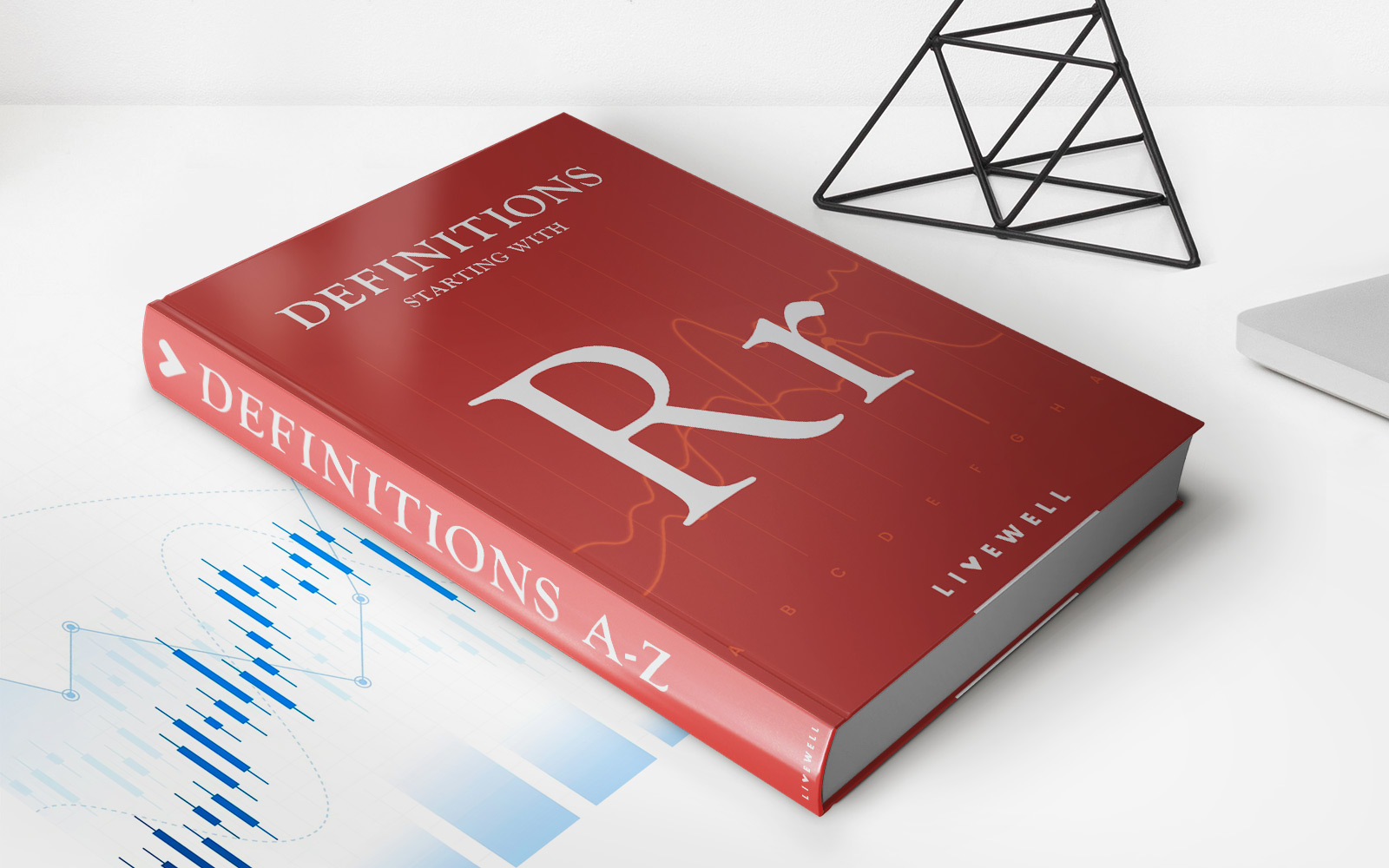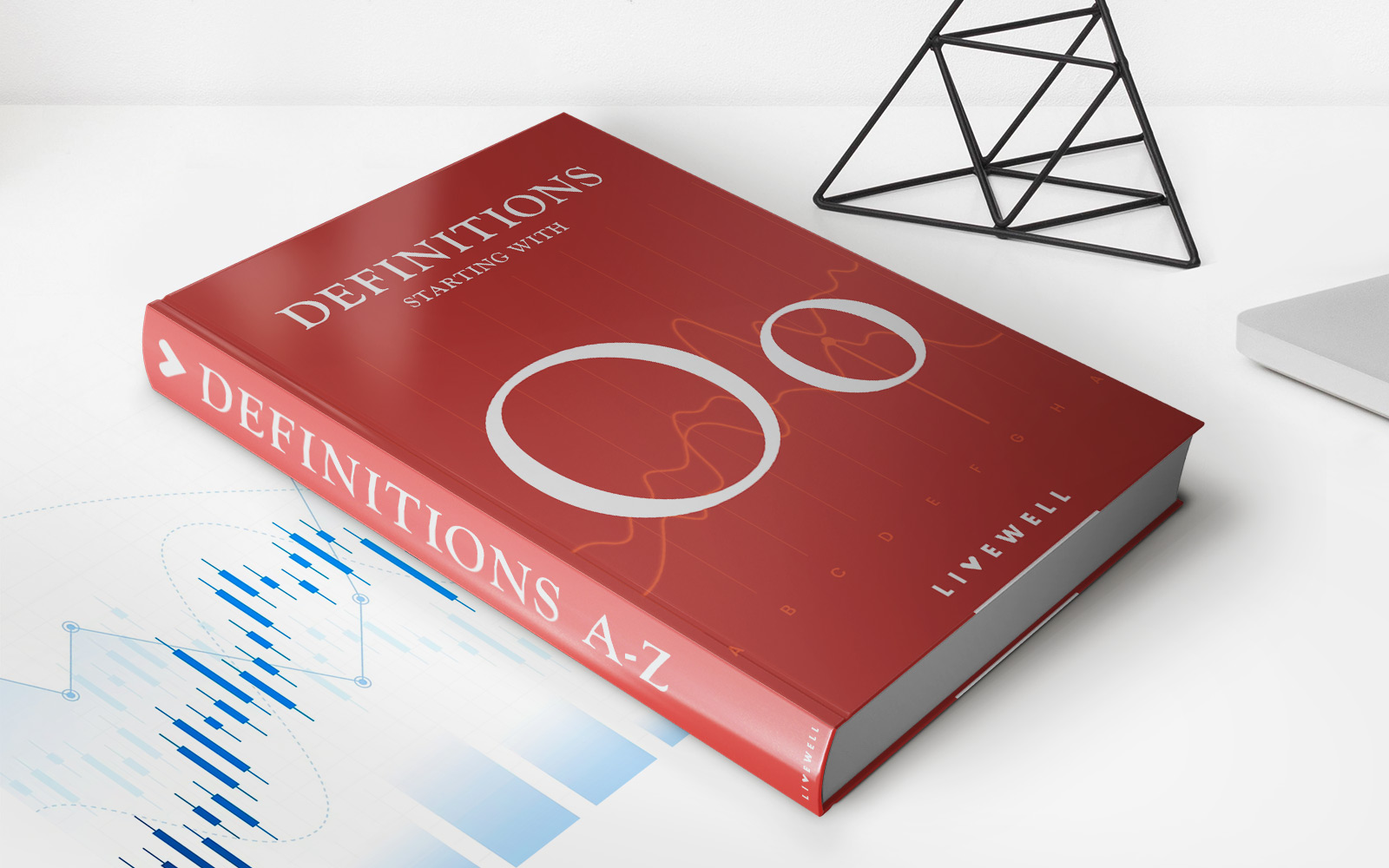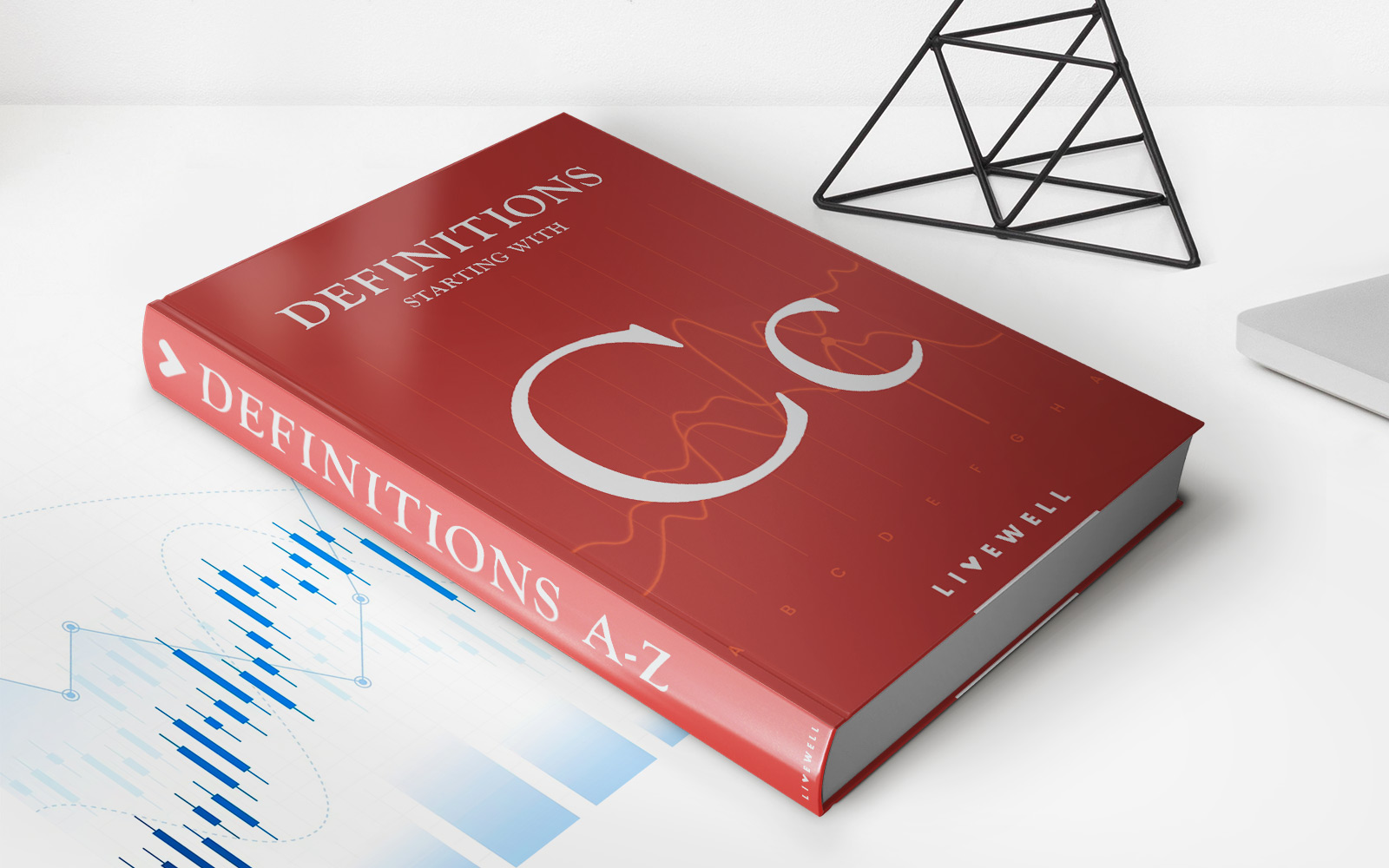Home>Finance>Rule 10b5-1 Definition, How It Works, SEC Requirements
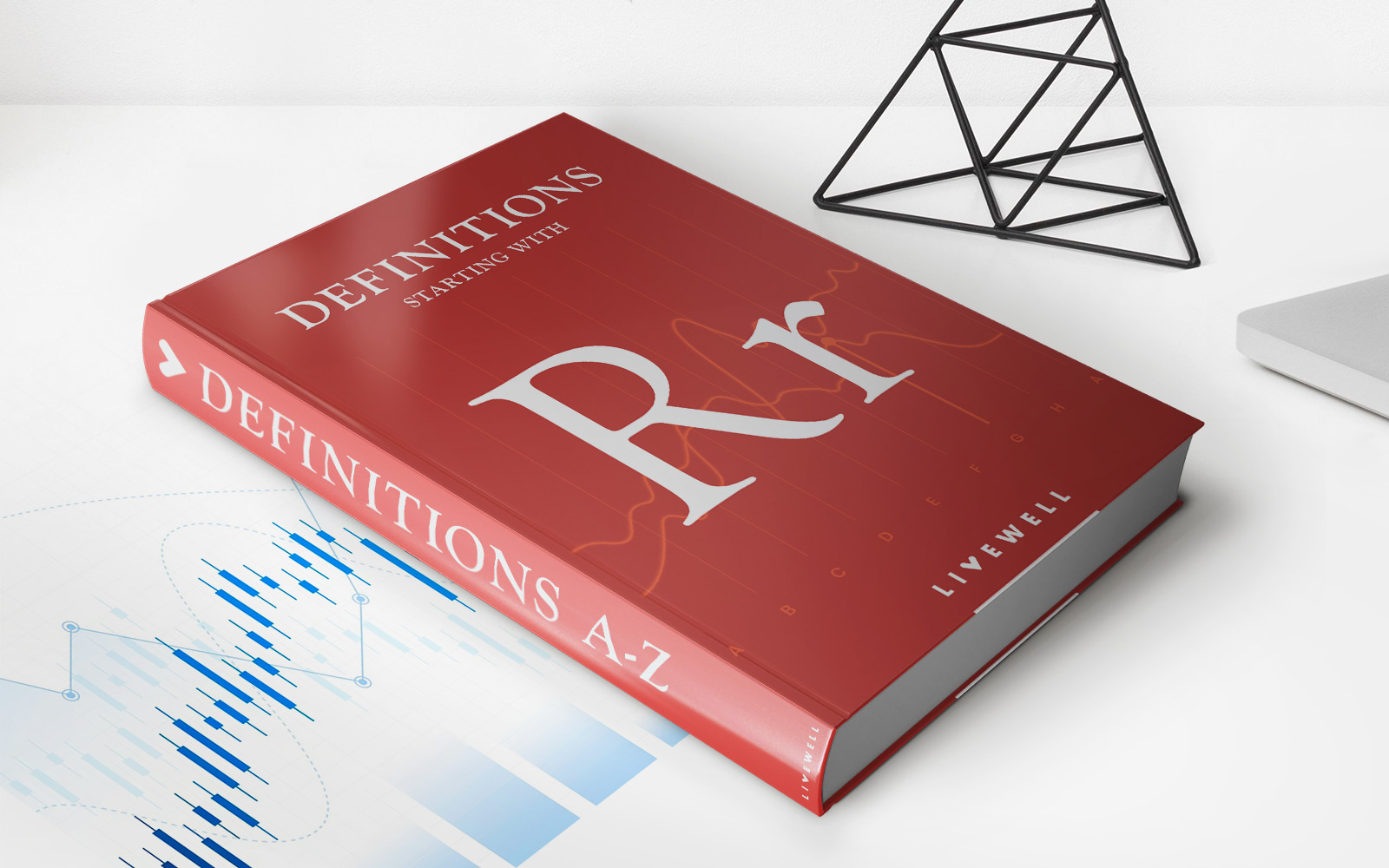

Finance
Rule 10b5-1 Definition, How It Works, SEC Requirements
Published: January 22, 2024
Learn about the definition and workings of Rule 10b5-1 in finance. Understand SEC requirements and implications.
(Many of the links in this article redirect to a specific reviewed product. Your purchase of these products through affiliate links helps to generate commission for LiveWell, at no extra cost. Learn more)
Understanding Rule 10b5-1: Definition, How It Works, SEC Requirements
Welcome to our Finance category, where we provide valuable insights into various financial topics. Today, we’re diving into the world of securities trading and focusing on a critical regulatory provision called Rule 10b5-1. In this article, we’ll define what Rule 10b5-1 is, explain how it works, and outline the requirements set by the U.S. Securities and Exchange Commission (SEC).
Key Takeaways:
- Rule 10b5-1 provides a safe harbor for company insiders to engage in pre-planned securities trading, protecting them from potential SEC enforcement actions.
- This rule allows insiders to establish predetermined plans to buy or sell securities without being accused of insider trading.
Now, let’s dive deeper into the realm of Rule 10b5-1 and its significance in the financial world.
What is Rule 10b5-1?
Rule 10b5-1 is a provision under the Securities Exchange Act of 1934 that establishes a safe harbor for company insiders who engage in trading their company’s securities, even while in possession of material nonpublic information. This rule aims to strike a balance between allowing insiders to execute pre-planned transactions and preventing illegal insider trading practices.
How Does Rule 10b5-1 Work?
In essence, Rule 10b5-1 enables corporate executives, directors, and other insiders to establish a preset trading plan, even when they possess material nonpublic information. By creating a predetermined trading schedule, insiders can execute trades without facing accusations of insider trading.
However, it’s crucial to note that to meet the rule’s requirements fully, the trading plan must be implemented when the insider doesn’t possess any material nonpublic information. Therefore, establishing an effective Rule 10b5-1 plan involves careful consideration of the timing and relevant information.
SEC Requirements for Rule 10b5-1:
The SEC has outlined certain requirements to ensure the legitimacy and compliance of Rule 10b5-1 plans:
- Good Faith Adoption: Insiders must establish the trading plan in good faith and not as a means to circumvent insider trading regulations.
- No Material Nonpublic Information: The plan must be set up or modified at a time when the insider is unaware of any material nonpublic information that could influence trading decisions.
- Automatic Triggers: The plan must include specific triggering events, such as time-based or price-based criteria, to initiate transactions, eliminating the potential for ad hoc decision-making.
- Irrevocable Commitment: Once established, the plan must be binding and irrevocable, imposing a clear separation between the insider and the decision-making process.
- No Material Amendments: Insiders cannot make any changes to the Rule 10b5-1 plan unless specified exceptions, such as automatic termination or termination by the company, occur.
By adhering to these SEC requirements, insiders can mitigate the risk of legal repercussions while executing transactions based on their predetermined plans.
Final Thoughts
Rule 10b5-1 serves as an essential protection for company insiders engaging in securities trading. By establishing compliant and pre-planned trading schedules, insiders can navigate the complexities of trading while minimizing the risk of being accused of insider trading. Compliance with SEC requirements is crucial for maintaining trust, transparency, and fairness within the financial markets.
We hope this article has shed light on the definition, functionality, and SEC requirements associated with Rule 10b5-1. If you have any further questions or would like to know more about financial regulations, feel free to explore our finance category for more informative content.
